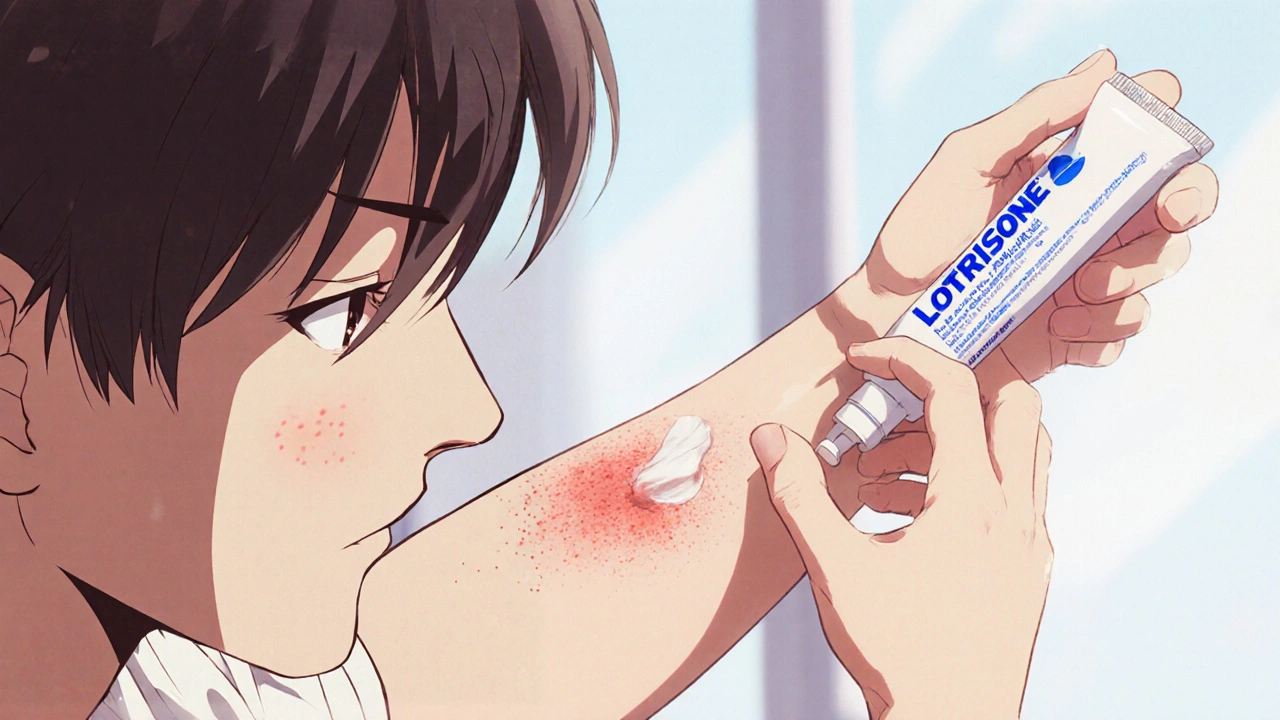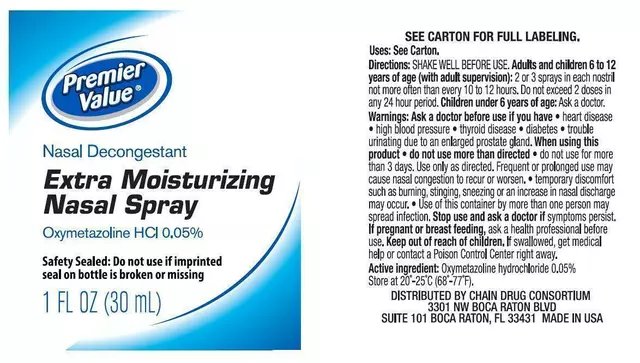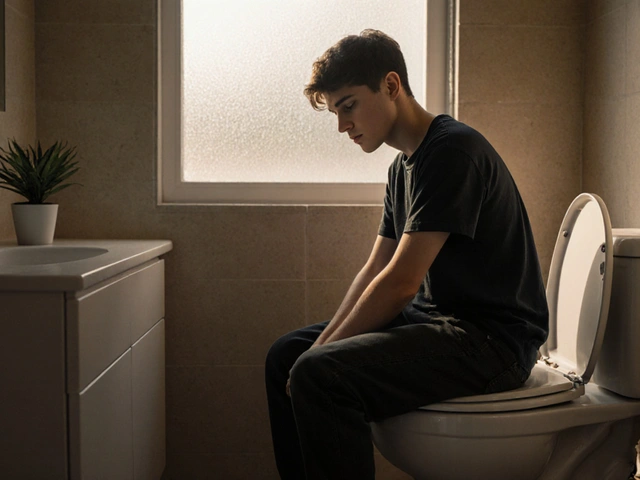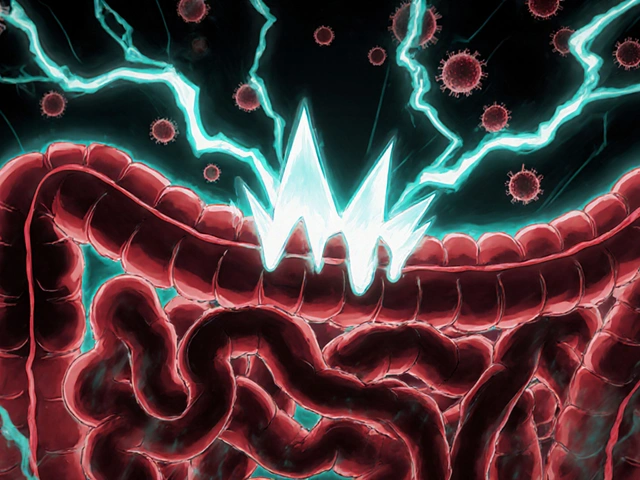Lotrisone Alternatives: Effective Options for Fungal Skin Infections
Lotrisone, a combination antifungal and steroid cream used for fungal skin infections like athlete’s foot and ringworm. Also known as clotrimazole and betamethasone dipropionate, it works by killing fungus and reducing inflammation—but it’s not the only option out there. Many people use Lotrisone because it’s fast-acting, but it’s not always the best fit. If you’re dealing with side effects, cost, or just want something simpler, there are plenty of alternatives that work just as well—or better—for your skin.
At the core of most Lotrisone alternatives are two key players: clotrimazole and terbinafine. Clotrimazole is the antifungal half of Lotrisone, and you can buy it alone in creams, sprays, or powders. It’s cheaper, widely available, and works fine for mild to moderate infections. Terbinafine, on the other hand, is stronger against certain fungi like those causing athlete’s foot. Studies show it clears infections faster than clotrimazole alone, and you often only need to use it for a week. Then there’s miconazole, another common antifungal that’s gentle enough for sensitive skin and sold under brands like Monistat-Derm. All of these avoid the steroid (betamethasone) in Lotrisone, which can thin skin if used too long.
Why does this matter? Because not every fungal infection needs a steroid. If your skin is just itchy and red from fungus, a plain antifungal is enough. Save the steroid for cases where inflammation is severe—like when the skin is cracked, swollen, or weeping. Otherwise, you’re adding unnecessary risk. Many dermatologists now recommend starting with a pure antifungal first. If it doesn’t work after 2 weeks, then consider something stronger. You’ll save money, avoid skin thinning, and still get results.
Some people turn to natural options like tea tree oil or coconut oil. They’re not magic, but small studies show tea tree oil can help with mild tinea infections if used consistently. It’s not as fast as prescription creams, but it’s a good backup if you’re avoiding chemicals. For stubborn cases, oral antifungals like fluconazole or terbinafine pills are an option—but only if your doctor says so. These work from the inside out, which helps when the infection is deep or widespread.
What you’ll find below are real comparisons of these alternatives: how they stack up against Lotrisone, what they cost, how long they take to work, and who they’re best for. No fluff. Just clear, practical info from people who’ve been there—whether they’re managing athlete’s foot, jock itch, or ringworm at home. You’ll see which options actually deliver, which ones are overhyped, and how to pick the right one for your skin without guessing.

Lotrisone vs. Topical Antifungal Alternatives: Detailed Comparison
- Date: 26 Oct 2025
- Categories:
- Author: David Griffiths
A side‑by‑side look at Lotrisone versus common antifungal alternatives, covering ingredients, prescription status, costs and when to choose each.




